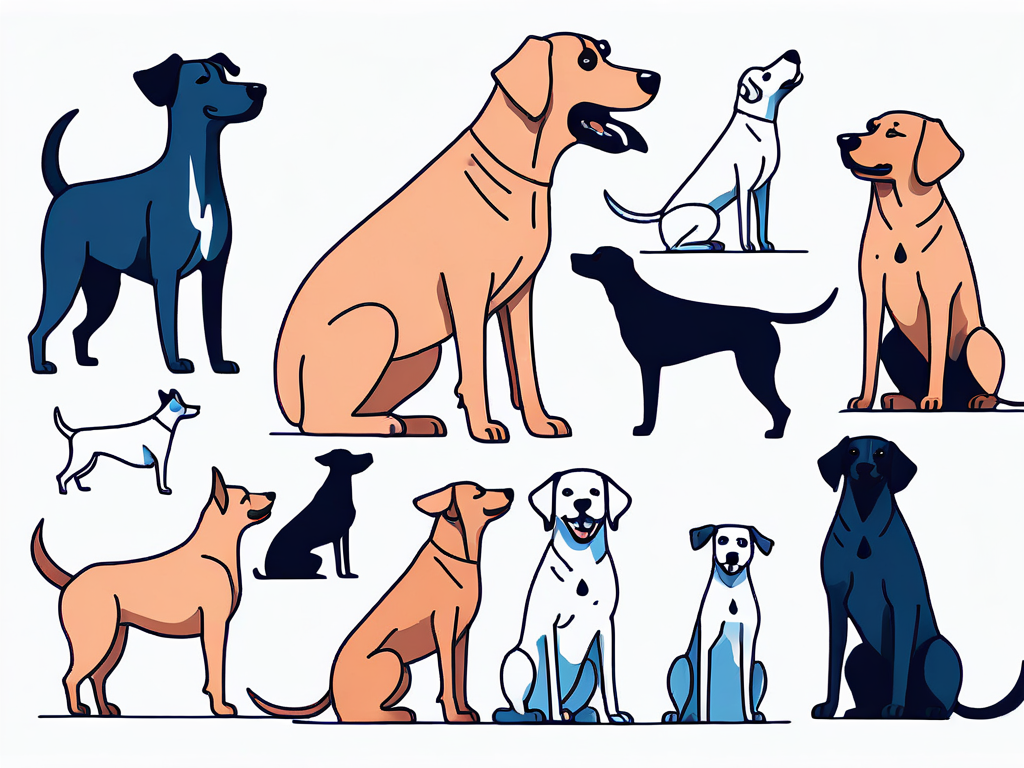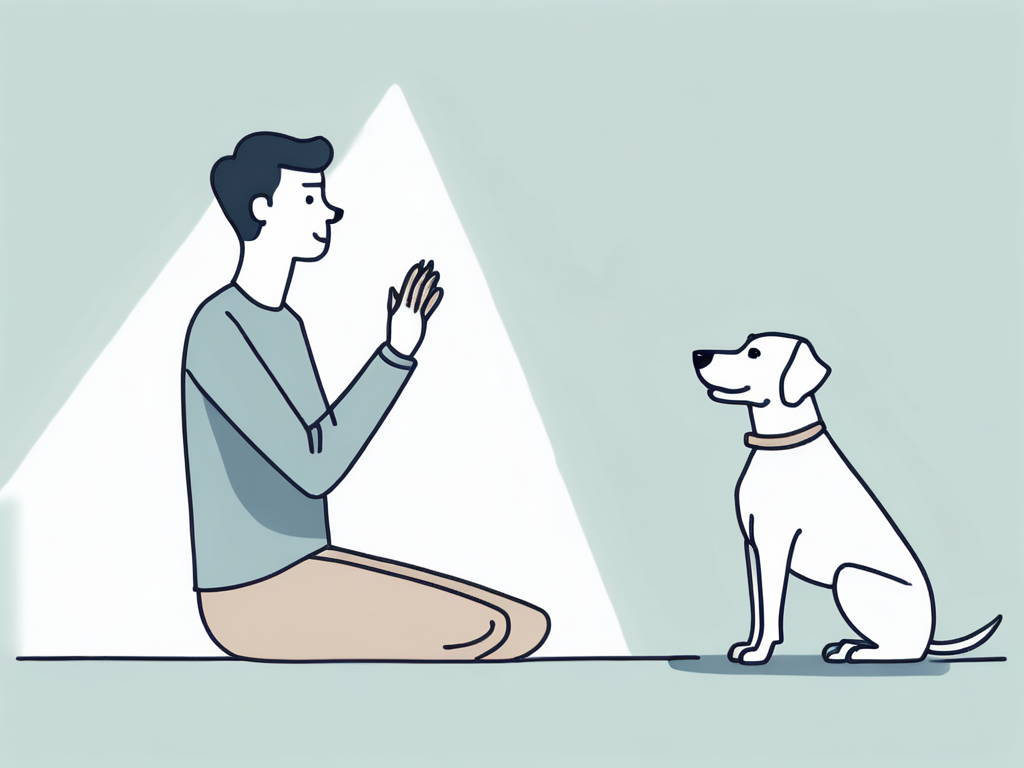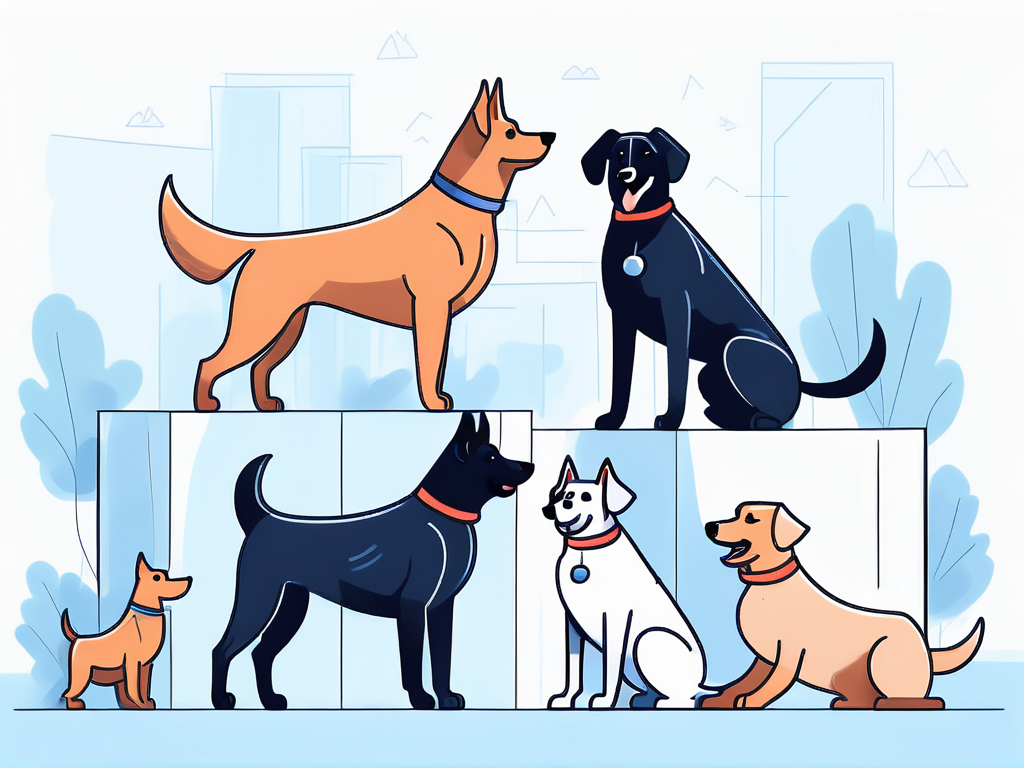The Ultimate Guide to Training Dogs

The Ultimate Guide to Training Dogs
Welcome to "The Ultimate Guide to Training Dogs"! Whether you're a first-time dog owner or a seasoned pro, this comprehensive guide will provide valuable insights and techniques to help you effectively train your furry friend. So, let's dive in and explore the wonderful world of dog training!
Understanding Your Dog's Behavior
Before delving into the training process, it's crucial to understand your dog's behavior and how they communicate. Remember, effective training relies on a strong bond between you and your pup.

Building a strong bond with your dog involves more than just training; it's about forming a deep connection based on trust and mutual understanding. Spending quality time together, engaging in activities your dog enjoys, and being attentive to their needs all contribute to strengthening this bond. Remember, a happy and secure dog is more likely to respond positively to training.
The Importance of Communication in Training
Communication is key! Dogs are incredibly perceptive and intuitive creatures, so use clear and consistent verbal cues to convey your expectations. Combine these signals with positive reinforcement such as treats and praise, laying the foundation for successful training.
Aside from verbal cues, your body language also plays a significant role in communicating with your dog. Dogs are highly attuned to human body language, so maintaining a calm and assertive posture can help reinforce your commands. Remember, consistency in both verbal and nonverbal communication is essential for effective training.
Decoding Your Dog's Body Language
Dogs communicate nonverbally through their body language, so familiarize yourself with their cues. Pay attention to tail wagging, ear positioning, and eye contact. Understanding these signals will help you better respond to your dog's needs and prevent any misunderstandings.
Body language goes beyond just basic cues; subtle changes in your dog's posture and expressions can convey a wealth of information about their emotional state. Learning to interpret these nuances can deepen your bond with your furry companion and enhance your ability to address their needs effectively.
Recognizing and Addressing Behavioral Issues
Every dog is unique, and some may exhibit behavioral issues. Don't fret! Whether it's excessive barking, biting, or separation anxiety, there are solutions. Consult a professional trainer to identify the root causes and devise a personalized training plan that addresses your dog's specific needs.
Addressing behavioral issues requires patience, consistency, and a deep understanding of your dog's individual quirks. By working closely with a trainer, you can develop strategies to modify unwanted behaviors and create a harmonious environment for both you and your furry friend. Remember, addressing behavioral issues is a journey that requires dedication and empathy, but the rewards of a well-behaved and happy dog are priceless.
Basic Dog Training Techniques
Now that you have a solid understanding of dog behavior, let's move on to the basics of training.

Training your furry friend is not just about teaching them to obey commands; it's also about building a strong bond based on trust and communication. Dogs are incredibly social animals, and positive training techniques help strengthen the connection between you and your canine companion.
The Role of Positive Reinforcement
Positive reinforcement is the cornerstone of effective dog training. It involves rewarding desired behaviors and ignoring or redirecting unwanted behaviors. Encourage your dog with treats, toys, and verbal praise to make the learning process enjoyable and rewarding for both of you.
When using positive reinforcement, timing is crucial. Make sure to reward your dog immediately after they exhibit the desired behavior to reinforce the connection between the action and the reward. Consistency is also key; be sure to reward good behavior every time to help your dog understand what is expected of them.
Command Training Essentials
Teaching your dog basic commands like sit, stay, and come is essential for their safety and well-being. Break down each command into manageable steps, rewarding your dog's progress along the way. Practice in different settings to ensure your pup understands and follows commands in various environments.
Remember, every dog learns at their own pace, so be patient and understanding during the training process. Celebrate small victories and progress, and don't get discouraged by setbacks. Building a strong foundation of basic commands will set the stage for more advanced training in the future.
Leash and Walking Training
Walking your dog is a bonding experience and a great opportunity for training. Start by getting your pup comfortable with a leash and collar, then gradually introduce loose-leash walking techniques. Teach them to walk calmly beside you and reward them for their good behavior. Remember, patience is key!
Exploring the world together on walks provides mental stimulation for your dog and helps them release excess energy. It's also a chance for your pup to practice good manners around other people and animals. Use this time to reinforce training commands and strengthen your bond through shared experiences.
Advanced Dog Training Methods
Ready to take your dog's training to the next level? Let's explore some advanced techniques!
Training your furry companion goes beyond basic commands. By incorporating advanced methods, you can enhance the bond with your dog and unlock their full potential. Let's delve into some additional strategies that can elevate your dog's training experience.
Agility Training for Dogs
Agility training is not just a sport but also a fantastic way to keep your dog physically and mentally stimulated. The courses are designed to mimic real-life obstacles that a dog might encounter, such as tunnels, jumps, and weave poles. As your dog navigates through these challenges, they develop better coordination, balance, and focus. Additionally, agility training provides an outlet for high-energy dogs and strengthens the bond between you and your furry friend.
For an added challenge, consider introducing new elements to the agility course, such as a seesaw or A-frame. These obstacles test your dog's problem-solving skills and adaptability, making the training sessions even more engaging and rewarding.
Training for Specific Tasks
Specialized training is essential for dogs with specific roles, such as guide dogs, therapy dogs, or search and rescue dogs. These canine heroes undergo rigorous training to perform their duties effectively. Training programs for these tasks focus on honing particular skills like scent detection, emotional support, or guiding visually impaired individuals.
Professional trainers who specialize in working with service dogs can provide valuable insights and guidance on tailoring training programs to suit your dog's unique abilities and the demands of their designated role. Through structured training sessions and positive reinforcement, these dogs learn to excel in their designated tasks, making a significant difference in the lives of those they assist.
Dealing with Aggression and Other Challenges
Addressing behavioral issues like aggression requires patience, understanding, and expertise. Dogs may exhibit aggressive behaviors due to fear, anxiety, or past experiences. It's crucial to approach these situations with empathy and seek professional help to develop a customized behavior modification plan.
A qualified trainer will assess the root cause of the aggression and implement strategies to help your dog feel more secure and confident. By creating a safe and structured environment, you can work towards resolving behavioral challenges and fostering a harmonious relationship with your beloved pet.
Training Different Breeds and Ages
Each dog breed and age group has distinct characteristics and training considerations. Let's explore factors that may affect your training approach.

When it comes to training puppies versus adult dogs, there are some key differences to keep in mind. Puppies are like sponges, eager to learn and explore the world. This is the perfect time to focus on building a foundation of basic obedience and socialization. By starting early, you can help shape their behavior and set them up for a lifetime of good habits. On the other hand, adult dogs may already have established behaviors. They might require additional patience and persistence during training, but with time and dedication, they can still learn new skills.
It's important to remember that different breeds have unique traits that influence their training needs. Researching your dog's breed can provide valuable insights into their inherent tendencies. For example, herding breeds may require more mental stimulation, while sporting breeds thrive on physical activity. By tailoring your training approach to complement their natural inclinations, you can create a more effective and enjoyable learning experience for both you and your furry friend.
But what about senior dogs? Can they still benefit from training? The answer is a resounding yes! While older dogs may have some physical limitations, they can still engage in training and mental stimulation. It's crucial, however, to keep their age-related needs in mind. Focus on gentle exercises that won't strain their joints or exhaust them. Adapt training techniques to accommodate their reduced stamina, always prioritizing their comfort and well-being. With a little creativity and a lot of love, you can continue to strengthen the bond with your senior companion.
Remember, training a dog is an ongoing process that requires patience, consistency, and a whole lot of love. By understanding your dog's behavior, implementing positive reinforcement, and tailoring your approach to their unique characteristics, you'll pave the way for a well-trained and happy companion. So go forth and embark on this incredible journey with your furry friend!


